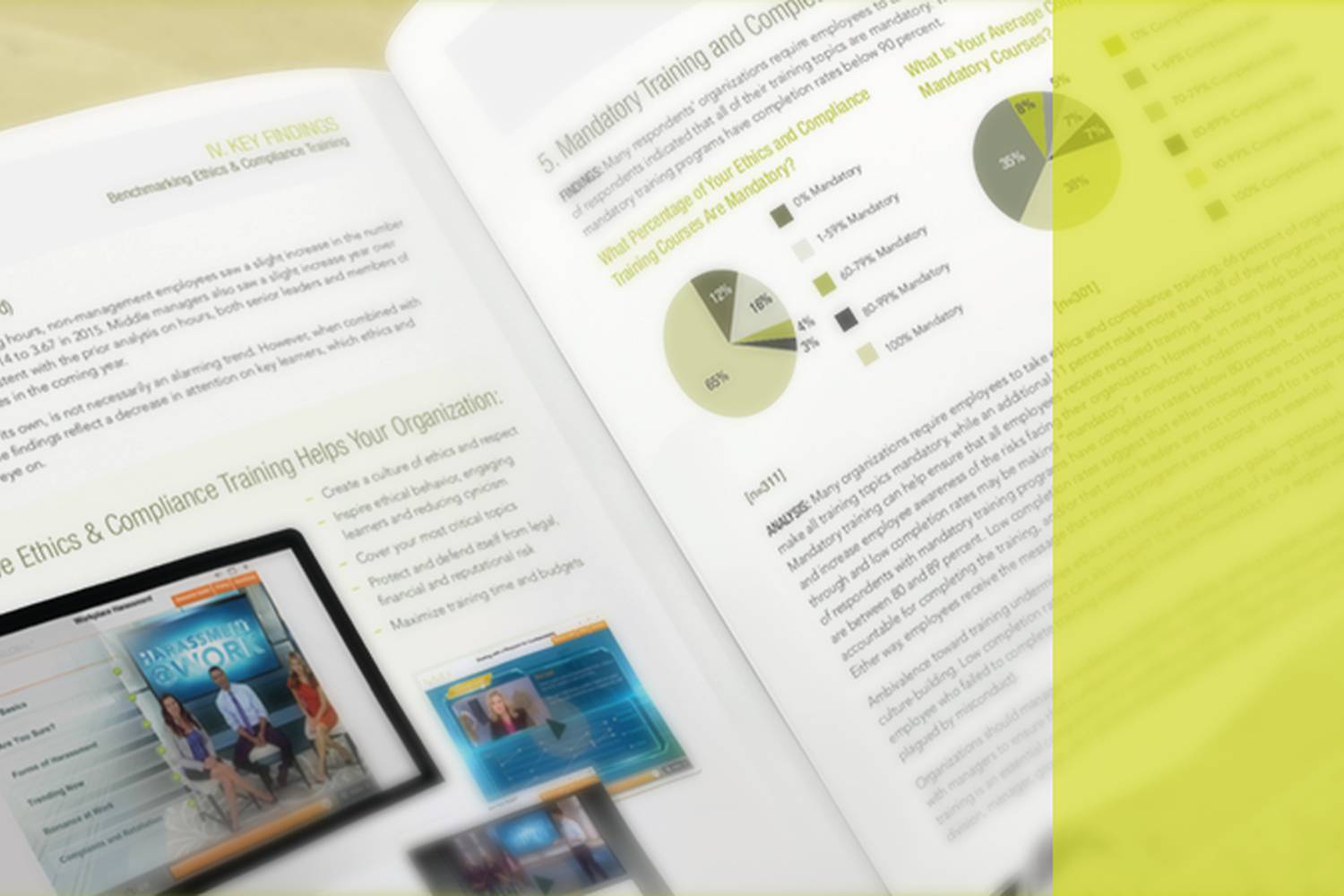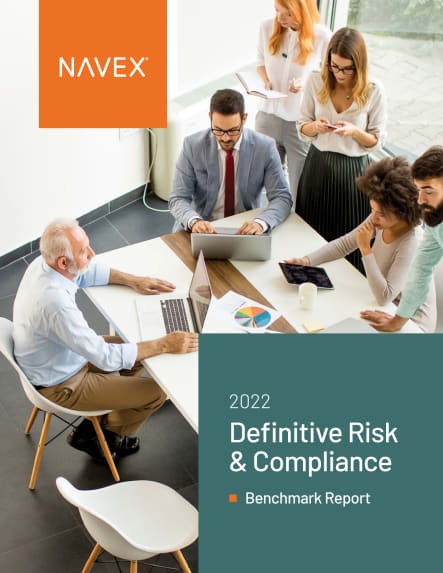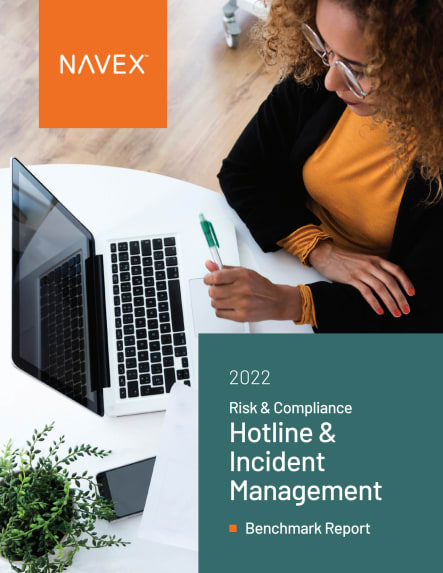NAVEX Global’s benchmarking reports are trusted by ethics and compliance officers around the world to help ensure best-in-class compliance program performance. The latest in our series, the 2015 Ethics & Compliance Benchmark Report was released today.
In this post, we highlight ways you can leverage our research data to improve your program effectiveness today.
1) Pinpoint Culture Challenges to Avoid Undermining Training Effectiveness and Goals
Key findings: The top issue respondents’ believe could undermine their training effectiveness is employee cynicism about culture change efforts.
Culture challenges can sabotage training effectiveness and prevent you from reaching your training goals. Employee cynicism, fear of retaliation, managers that aren’t creating a healthy tone in the middle, senior leaders and boards that are not engaged: each of these issues have a significant impact on culture and can derail a training program. Find potential cultural weaknesses through a culture assessment and work to address each one to make training more effective.
2) Elevate Program Rigor, Formality and Measurement to Demonstrate Program Value
Key findings: Respondents’ top training program objective is creating a culture of ethics and respect; their top challenge is limited hours available for training.
Despite their importance in achieving compliance objectives (culture improvement and risk reduction), training programs are challenged by insufficient budget or no budget allocation at all, fractured budget ownership, a focus on price over effectiveness in selection of training solutions, a lack of formal effectiveness measurements and failure to establish multi-year training plans (curriculum maps) to show year-over-year program improvements. Organizations must solve for these challenges and recognize that high-quality compliance training is not a big spend with little or no ROI, but rather an investment in an organization and its people.
3) Ensure That Legal Defensibility is a Key Buying Criteria for Training
Key findings: 50 percent of respondents indicated they have used training in a legal defense. Of those who have used training as part of a legal defense, 27% used training four or more times.
Organizations without robust ethics and compliance training programs are rolling the dice when it comes to protecting themselves. As such, compliance professionals must consider as a critical part of their buying criteria how the training will be received not only by employees, but by judges, jurors and enforcement officials. More organizations should consider incorporating legal review into the process of building or buying training solutions.
4) Make Up Lost Ground on Senior Leader and Board of Director Training Times
Key findings: Senior leader training times dropped by nearly 90 minutes and board member training times dropped by 60 minutes from our 2014 benchmark findings.
Make a case for the importance of training your top executives. It can be very challenging to secure seat time for these higher level learners, but compliance professionals must continue efforts to make training easily accessible and high-quality to engage and impact behavior at this level. High-quality training courses, short bursts of peer-to-peer learning and live, scenario-based training have proven, in our experience to have the greatest impact for these groups. Executive commitment—or lack of commitment—to the success of an ethics and compliance program can make or break the culture of an organization.
5) Make Sure E&C Training Courses Match Evolving Organizational Risks
Key findings: Only 15 percent of respondents report that they are assessing and assigning course topics based on an organizational risk assessment.
Organizations need to create multi-year training plans, but those plans (and training budgets) need to be aligned with their organization’s risks and revisited and adjusted regularly to accommodate emerging risks. If your organization has not recently conducted an ethics and compliance-specific risk assessment, advocate that they do, and provide input into the process if you can. By getting involved in a risk assessment up front—or using your existing risk assessment to guide the development of your training program—you can increase training program credibility and value with leadership.
6) Advocate for Dedicated E&C Training Budgets and Program Resources
Key findings: 25 percent of survey respondents indicated that they have no dedicated ethics and compliance training budget.
Your training program should be assigned a budget, staff time and accountability for program success. Creating a dedicated budget with ownership by a single department can help organizations begin to shift their thinking about training as a necessary cost of doing business that protects them from risk, rather than a line-item they have to find a way to cover.
7) Adjust E&C Training Programs for an Evolving Workforce
Key findings: 29 percent of respondents are already, or plan to, modernize their training to appeal to millennials.
It is essential that ethics and compliance professionals adapt their training programs to engage millennials who will soon represent a significant portion of the workforce. But changes won’t just benefit millennials; all learners should find value in the use of higher-quality content and easier access to ethics and compliance resources.
To discuss your training program effectiveness, or learn more about NAVEX Global’s training solutions, contact us today








